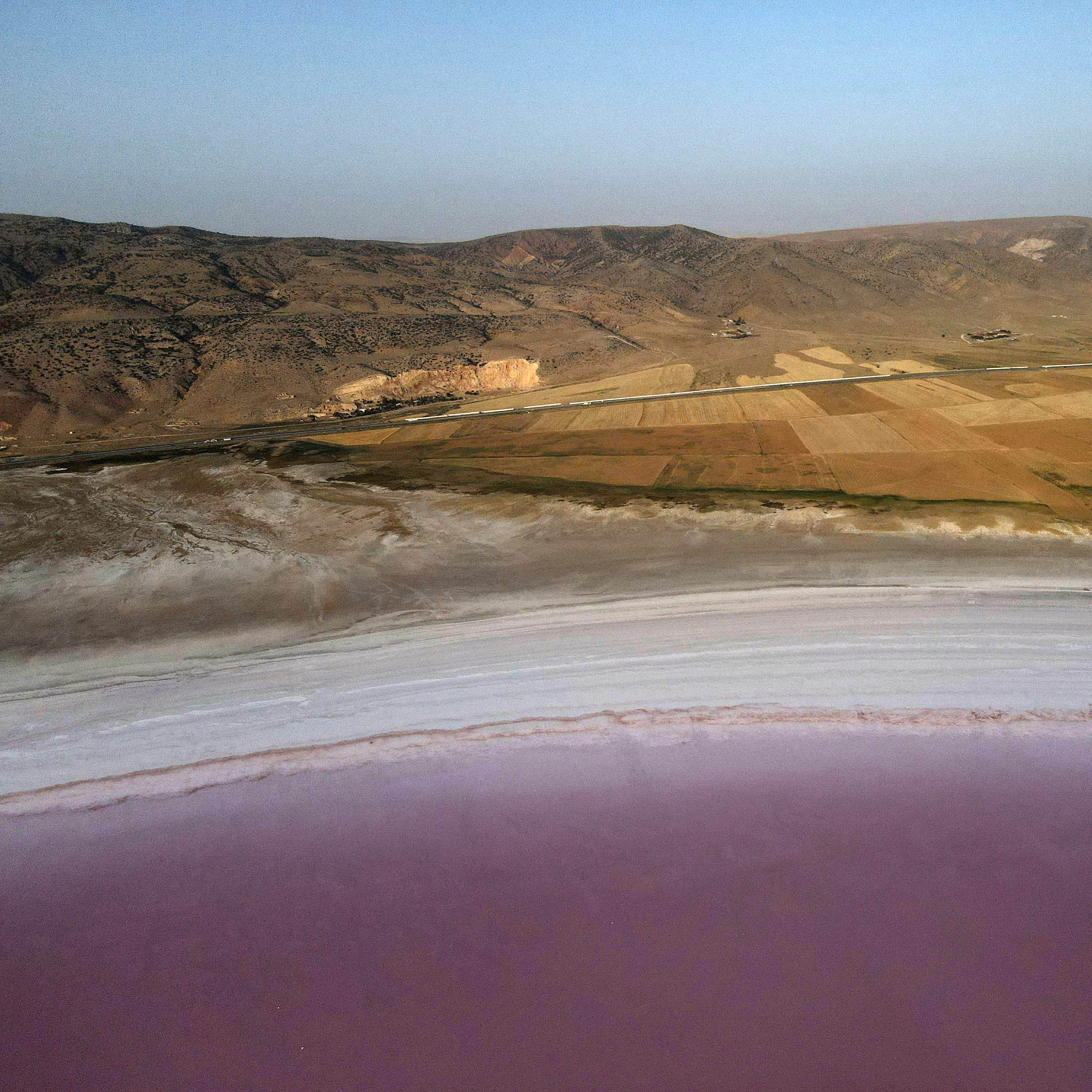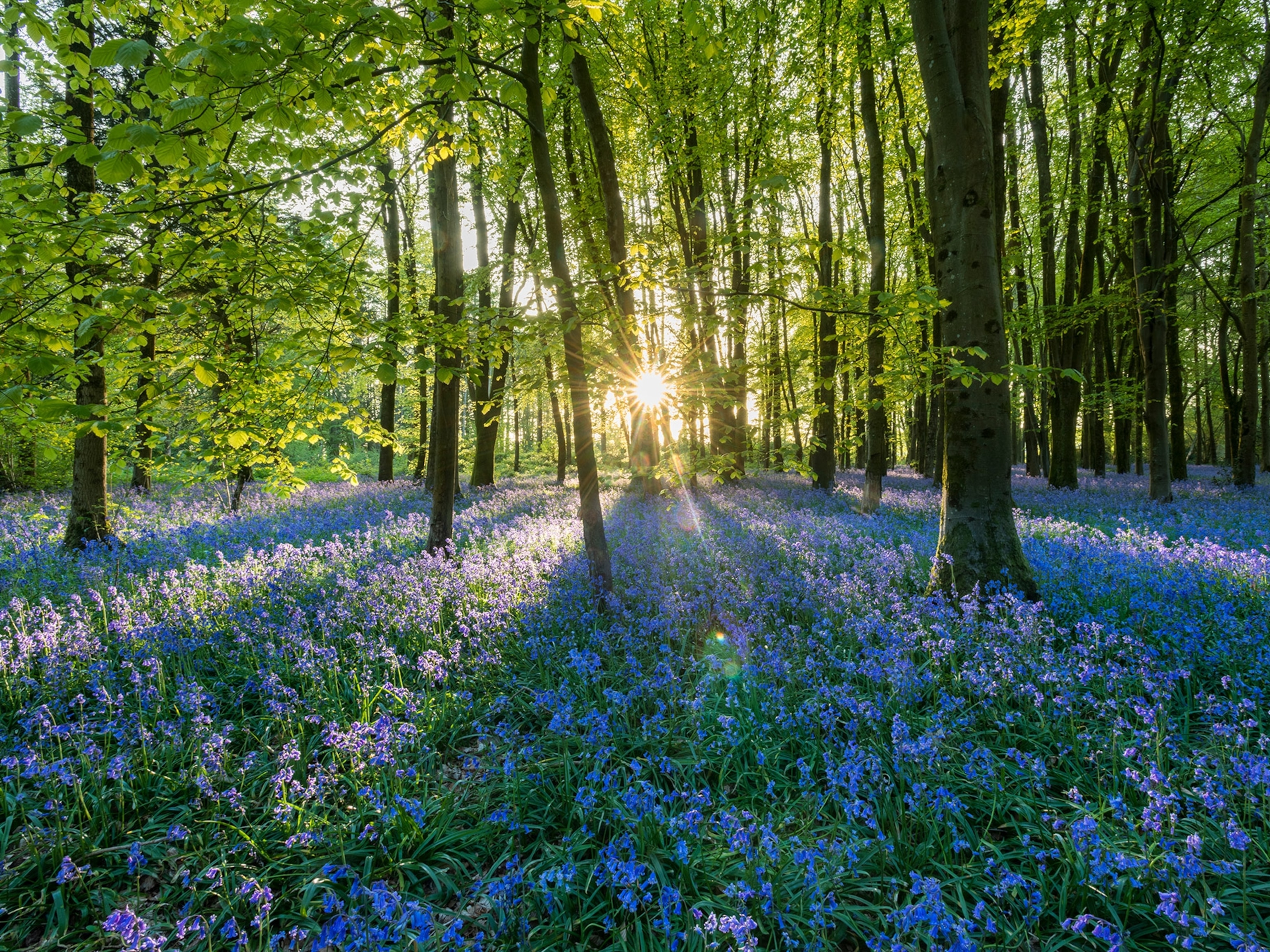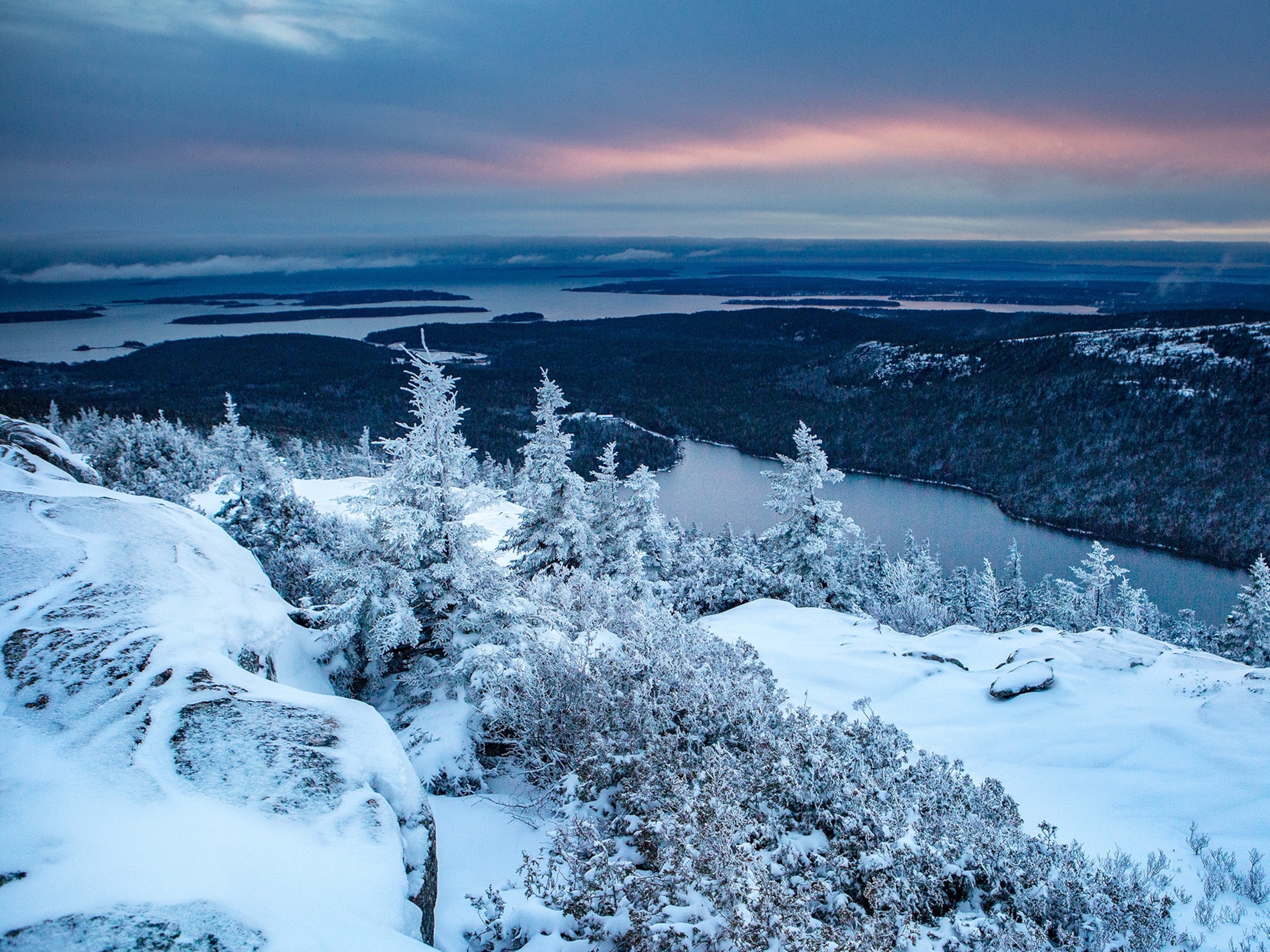Ecotourism could help the ‘Amazon of North America’ recover. Here’s how.
Louisiana’s wetlands are being lost to sea level rise, leaving eerie "ghost forests." Where does ecotourism fit into the recovery plan?
For 7,000 years, before it was dammed, the river just outside my Iowa doorstep flowed into the Mississippi; joining waters from New York to Saskatchewan, it tumbled toward the flat, slow-moving bayous of Louisiana. There, the accumulated sediments of the Mississippi’s vast watershed spill out across the delta, forming 6,000 square miles of wetlands and marshes—the Amazon of North America.
Like the Amazon—though a fraction of its size—these wetlands are incredibly biodiverse, far from a stagnant wasteland of alligators and mosquitos. Nearly half of the United States’ threatened and endangered species depend on wetlands. We depend on them, too: wetlands sequester carbon above and below ground, at even higher rates than rainforests.
And in Louisiana, they’re vanishing. “We’ve lost over 1,800 square miles since the early 1900s,” explains Eva Hillman, a coastal scientist working with the Pontchartrain Conservancy.
The Bayou State’s not alone, of course: Wetlands are subsiding across the globe. But South Louisiana contains around half of the country’s wetlands—and accounts for almost 90 percent of the country’s wetland losses.
Hillman points out that this vanishing ecosystem is critically important for people’s livelihoods, for bird habitats, for storm-surge reduction, for nutrient filtration, for the nation’s economy—and for recreation. With greater New Orleans seeing 20 million annual visitors, ecotourism has an opportunity to play a crucial role in the area’s conservation.
“Getting visitors out in [the wetlands] is so important,” Hillman says. “They need to witness their beauty.”
Understanding what’s underwater—and why
Although rivers naturally shift, wetlands ebbing and flowing over time, Louisiana’s particular crisis is manmade.
After the devastating Mississippi River flood of 1927, Congress authorized the Mississippi River and Tributaries Project to prevent future flooding and streamline navigation. The U.S. Army Corps of Engineers spent the next two decades cementing the river with 20,000 miles of levees and floodways. Then, studies found that if Ol’ Man River were allowed to flow freely, it would switch course to the Atchafalaya River within decades, cutting off the economic powerhouses of New Orleans and Baton Rouge. By 1959, the Lower Mississippi found itself strait-jacketed to the Gulf. “We harnessed it, straightened it, regularized it, shackled it,” engineers crowed in a 1969 review. Unable to build up sediment from spring floods, the existing wetlands subsided, suffering from perpetual drought.
Here’s how hurricanes hasten Louisiana’s wetland loss.
This slow habitat loss accelerated into a vanishing act courtesy of the oil and gas industry. Starting in the 1930s, some 50,000 wells and 10,000 miles of canals were drilled and dredged, a maze of pipelines that now supplies roughly 30 percent of the nation’s total oil and gas supply. The land was carved up like Thanksgiving turkey: Saltwater intruded up the freshwater inlets, drowning forests that had once stabilized the marshy floor. Sea levels started rising faster than anywhere else on the planet. In less than a century, humans had reversed millennia of wetland engineering.
And humans can restore it—in part. Louisiana’s current Coastal Master Plan aims to preserve older wetlands and create new ones via slurry pipelines and sediment diversion. If their best-case scenario sees daylight, more land could be saved than lost by 2060. It’s a plan that could save species, create new science and industries, and mitigate climate impact on millions of lives. Its success—reliant on federal funding and national attention—will chart Louisiana’s next map.
Mindful ecotourism
With such a delicate ecosystem, how can travelers visit more responsibly? How can visitors be part of this “best-case scenario?”
“The easiest thing to do is eat oysters,” says Corey Miller, director of community and resilience at the Coalition to Restore Coastal Louisiana (CRCL). With the help of the organization’s oyster shell recycling program, 31 New Orleans restaurants have returned nearly 5,000 tons of shells to Louisiana waters, restoring oyster reefs and building shoreline habitat. There are nearly a dozen participating restaurants within walking distance of Lafayette Square.
But even if you’re only visiting New Orleans, your opportunities don’t start and stop at your plate. The city contains massive wildlife refuges, and urban marshes offer easy access to the area’s changing wetlands.
The 400-acre Bayou Bienvenue Wetlands Triangle, just five miles from the French Quarter in the Lower Ninth Ward, is a striking example: Once a freshwater cypress-tupelo swamp, it’s now a ghost marsh. Organizations, including the CRCL and the Sierra Club, are working to rewrite its future by securing funds, planting wetland flora, and erecting interpretive signage and viewing platforms to increase awareness of what’s at stake.
To get an education on the water, hop in a kayak with Lost Lands Tours. After a wetlands 101 in the city, you’ll travel west to Maurepas Wildlife Management Area, cruising alongside an expert guide for a deep look into the area’s challenges. “Guests get a feeling they’re doing something with us,” says Marie Gould, co-founder of Lost Lands Tours. “We want guests to fall in love. To go spread the word.”
What’s one way to fight invasive species? Eat them.
Over three to four hours, you’ll paddle the quiet Blind River, venturing deep into cypress-tupelo swamps in varying degrees of health. “We’ll do some invasive removal, like water hyacinths. Sometimes we’ll plant a couple of cypress trees with the guests,” says Gould. “You don’t leave after a day with us feeling devastated about the future of the world.”
Beyond the floodgates—and beyond your visit
Further south, Captain Richie Blink of Delta Discovery Tours runs six-hour circumnavigation boat tours just beyond a storm-surge barrier called Empire Floodgate. Armed with maps, audio and video clips, and plenty of Blink’s anecdotes, visitors explore ecosystems as well as eras, spotting ancient Indigenous mounds and brand-new oyster reefs; floating past ghost bayous and newly rebuilt barrier islands; and tallying dolphins, pelicans, plovers, and American oystercatchers. Cruising back, the cypress swamps, marshes, and freshwater wetlands take on a more delicate, ephemeral light.
With Great Delta Tours, the focus is on coastal communities like Shell Beach in St. Bernard Parish—“places most people don’t get to experience, even locals,” points out Barbara Johnson, company founder. “On the other side of the floodgates, it looks like Jurassic Park, this vast ghost forest of oak trees.” Those decaying forests soon morph into fishing villages; colonies of shrimp, oyster, and crab boats; and homes 20 feet off the ground. Visitors meet with oystermen and learn of the Isleños, Vietnamese, and Black cultures that built these communities—and who still live in the area today, quite literally come hell or high water.
Can Nebraska’s endangered salt marshes be saved?
“People don’t understand how we came to be, what our challenges are, what the community’s richness is, and also what we’re doing about it,” Johnson explains. “But we’re all connected.” She’s hosted visitors from across the country. Many are experiencing their own ecological struggles—like wildfire evacuees from California and Colorado, or those from the Pacific Northwest, where dam issues threaten vital salmon species. Ultimately, Johnson says, “We help people reflect on their own lands; this is a personal trauma we all have or are experiencing.”
Her words echo those of Kellyn LaCour-Conant, CRCL’s restoration programs director, when I asked her about how visitors can be part of Louisiana’s solution. Her advice was simple: “Find ways in your everyday life to be conscious of your own watersheds and ecosystems.”
HOW YOU CAN HELP THE PLANET
Want to help protect wetlands? Start at home by learning about your local watershed and finding ongoing conservation projects you can support. When traveling, choose local tour operators that put sustainability first, and ask if tourists can contribute to volunteer efforts like planting trees, picking up trash, or removing invasive plant species.
Jacqueline Kehoe is a freelance writer and photographer focusing on America’s public lands. Find her on Instagram.
Virginia Hanusik is a New Orleans–based photographer whose projects on climate change and environmental justice have been supported by the Pulitzer Center, Graham Foundation, and Mellon Foundation. Follow her on Instagram.







